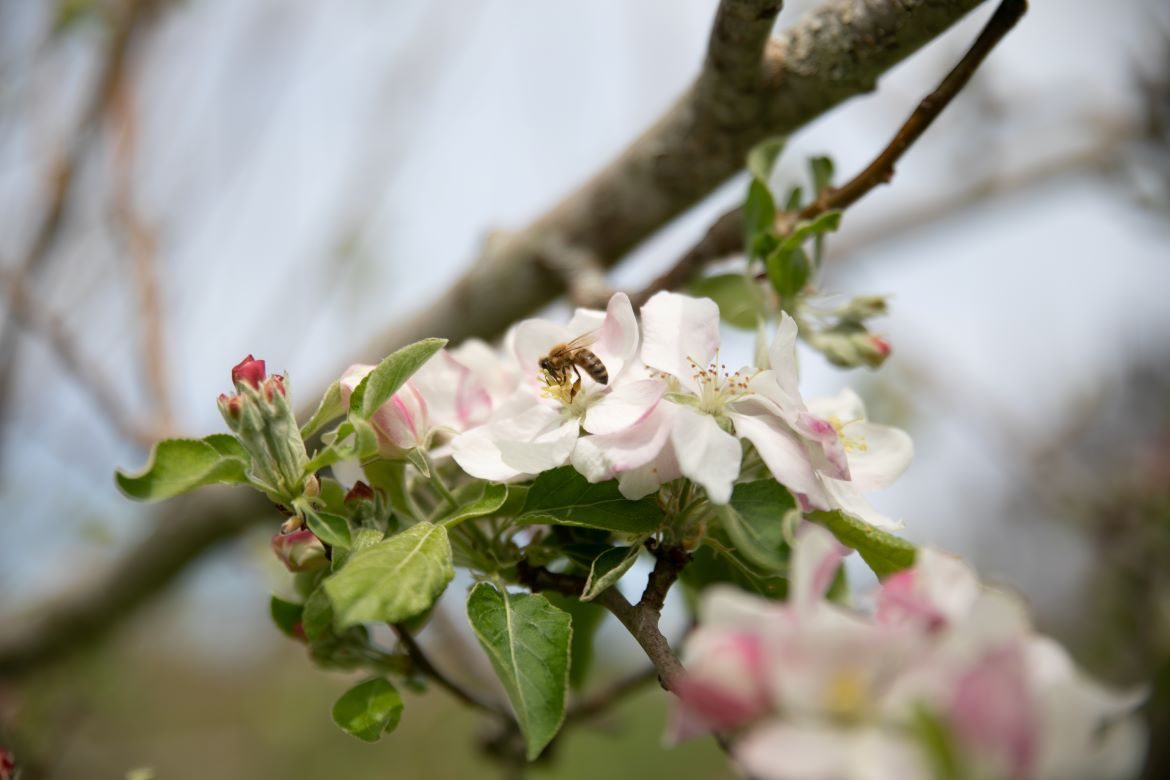By Kate Barnes
Spring is my most favourite time of year, yet… for 1 in 5 of us, this beautiful season is the absolute worst time of year.
Spring is when the pollen count goes up, which means for those 1 in 5 Aussies a diminishing quality of life – hay fever! Associated with non-stop runny noses, congestion, itchy, red eyes, constant sneezing, irritation in the ears, ear infections, sleepless nights, low energy and more…
It can feel unrelenting and what works for some, doesn’t always work for others and symptoms can seem to suddenly develop later in life.
Each year, particularly in Australia, rates are incrementally increasing. About 3.1 million Australians or 15% of the population had hay fever as a condition in 2007-08.
10 years later in 2017-18, nearly 1 in 5 Australians, i.e. more than 4.6 million people or 20% suffer from hay fever.
AIHW (Australian Institute of Health and Welfare)
While Australia has one of the highest rates, in the UK experts report that by 2030 almost half the population – an alarming rate of more than 30 million Brits – will suffer from hay fever!
A good buddy got me thinking about this. She’s noticed that sometimes people respond to a treatment and then not the next time. Why? And why the escalation in rates? This got me thinking…
Some hay fever sufferers have NO family history or are developing it later in life. This, along with the escalation in rates, seems to indicate the trigger is environmental rather than genetic.
To uncover what’s going on we need to look closer at the link between allergies and immunity.
Allergies and immunity
Allergic reactions begin in the immune system.
Take for example, a usually harmless substance such as dust, animal fur, fungal spores, mould or pollen being exposed to a person with an allergy. This person’s immune system over-reacts and produces antibodies that ‘attack’ the allergen (substance). This ‘attack’ triggers the symptoms. Note, allergies are a different immune response to an autoimmune response. An autoimmune condition is when the immune system starts attacking the body’s own tissues, rather than an ‘over-reacting’ response.
Given 80% of immunity lies in the gut, the state of the digestive system (gut) and the microbiome (bacterial population) must have a BIG part to play in the development of an allergy.
What creates the ‘state’ of the digestive system?
The state of the digestive system is primarily influenced by what is consumed or what it is exposed to.
What heals v what harms
The digestive and immune systems are incredibly complex, however very simply, it follows that consuming foods that agree with your biology or chemistry and exposing the gut to biologically recognisable substances, means the digestive system and therefore immune systems will function better and thereby lessen the chance of developing allergies.
What to do?
If you suffer from hay fever or allergies in general and haven’t already considered improving the health of the gut, start there, in particular the health of the microbiome. And if you’re a hay fever sufferer, consider restoring the microbiome of the nasal passages as well (see below).
Remedies/Treatment
The 3 most common treatments for hay fever include: antihistamines, corticosteroids and decongestants. While they have their place and offer relief, they don’t offer a long-term solution.
In addition, if the aim is to maintain the integrity of the microbiome (our bacterial population) and a healthy digestive system, i.e. the seat of our immunity, then complementary remedies are worth exploring.











